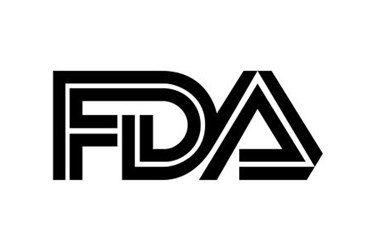Final FDA Guidance Details Custom Device Exemptions
By Nick Otto

Fresh guidance from the FDA details exemption processes to traditional approval requirements for manufacturers of custom medical devices.
According to the guidance, the FDA’s custom device exemption, granted under the Food and Drug Administration Safety and Innovation Act, or FDASIA, won’t apply to modified 510(k)-cleared devices that still retain their original intended use and can be clinically studied.
However, if a manufacturer modifies a 510(k)-cleared device to treat a unique pathology or condition, making it unfeasible to study, it could qualify for the exemption, the agency says in its final guidance.
While manufacturers will be exempt from premarket approval requirements and conformance to mandatory performance standards, custom device makers will still need to comply with requirements for quality systems, design controls, medical device reporting, corrections and removals, and registration and listing.
In addition to general labeling requirements, which apply to custom devices, labels should also include:
- A statement that the device is a custom device
- The names of the ordering physician or dentist and patient, if applicable
- Indications for use
- Sterilization status
- Relevant composition information, such as materials and components
- Storage conditions
The Regulatory Affairs Professionals Society (RAPS) says the final guidance is largely unchanged from a draft the agency released earlier this year, but the organization reports that some changes were made in response to several industry comments.
“For example, the guidance now contains a new section about what to do if a patient must undergo revision surgery to replace a component that is no longer manufactured,” according to RAPS.
“That the component is no longer being manufactured does not make the component a custom device,” the guidance states. “However, under these circumstances, a compassionate use request to allow the component to be manufactured and implanted could be submitted to FDA.”
The guidance also advises on instances when device makers will need to provide information on the destruction of custom devices so they remain compliant with the agency’s “five device” policy.
For example, if a manufacturer makes more than one device for a particular patient before it meets his or her anatomical requirements, the original device(s) must be returned and destroyed so as not to count against the manufacturer’s five-unit total for the year, the guidance notes.
According to RAPS, the FDA won’t include devices in the five-count policy as long as they are returned to the manufacturer or destroyed.
